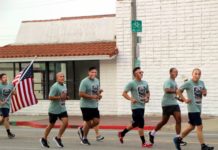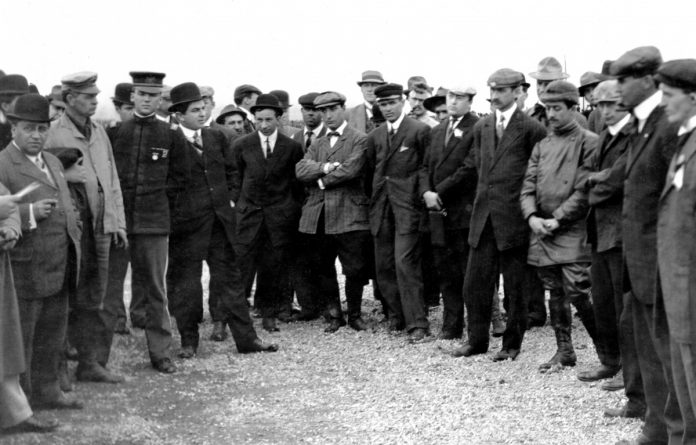
First American Air Meet (Dominguez Field)
The first air meet in America took place at Dominguez Field near present-day Cal State University Dominguez Hills.
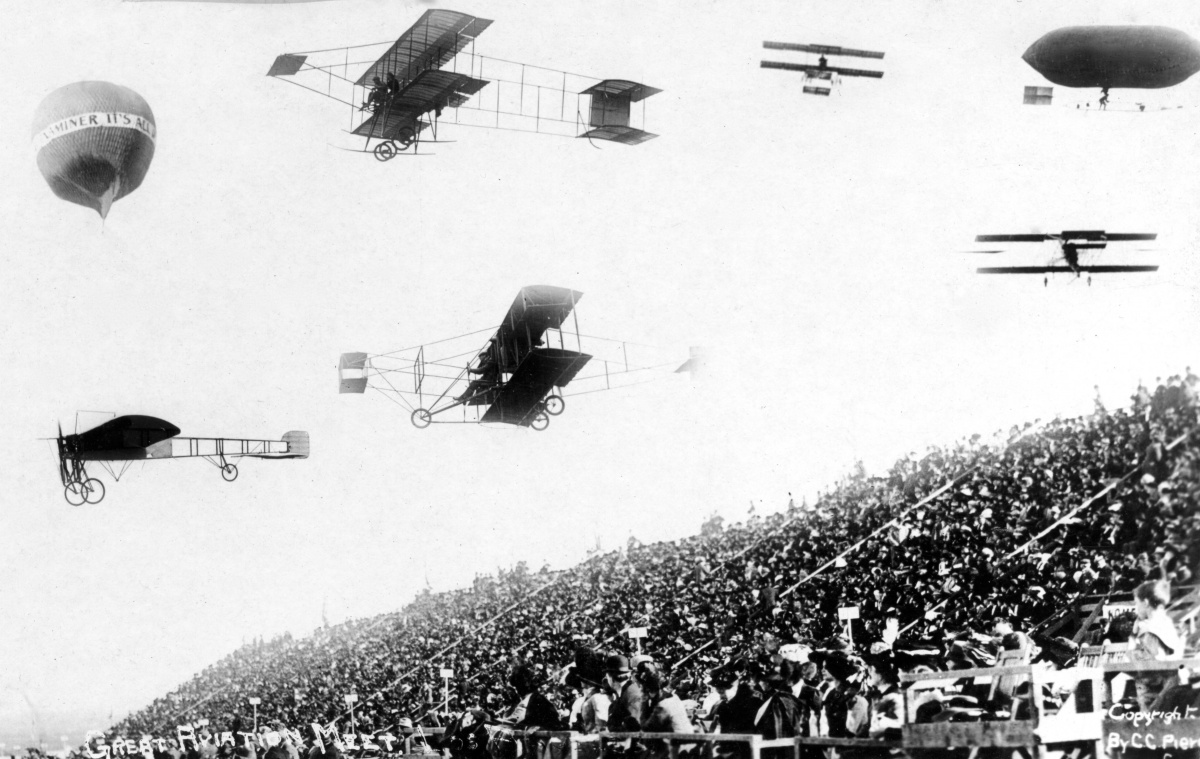
Aircraft of every design filled the sky for 11 days at the historic air meet. While the automobile was gaining much attention as a practical overland transportation vehicle, many believed the real future of regional transportation was in the sky.

There was one problem. Early aircraft was extremely difficult to operate and required expert skill – some would say a daredevil’s mentality – to fly the “experimental aircraft.” In the above photo, the visible wreckage is the canvass wings, single propeller, and bamboo support structure.
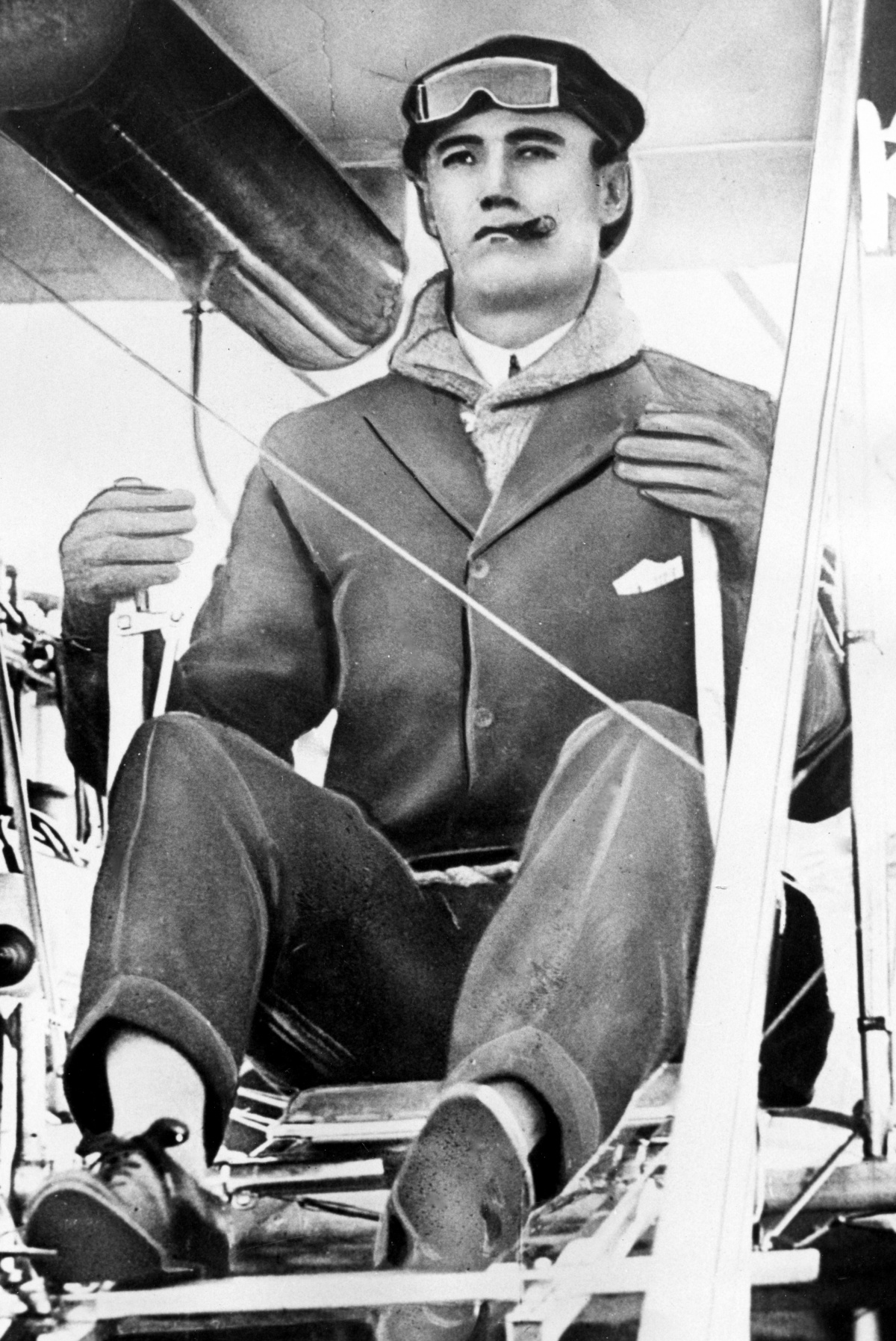
First Transcontinental Flight (Pasadena)
The dangers of early aviation did not deter aviators from pushing the limits of the new technology. Becoming the first to try some new like climbing higher, breaking speed records, or simply crossing over a city by air for the first time.
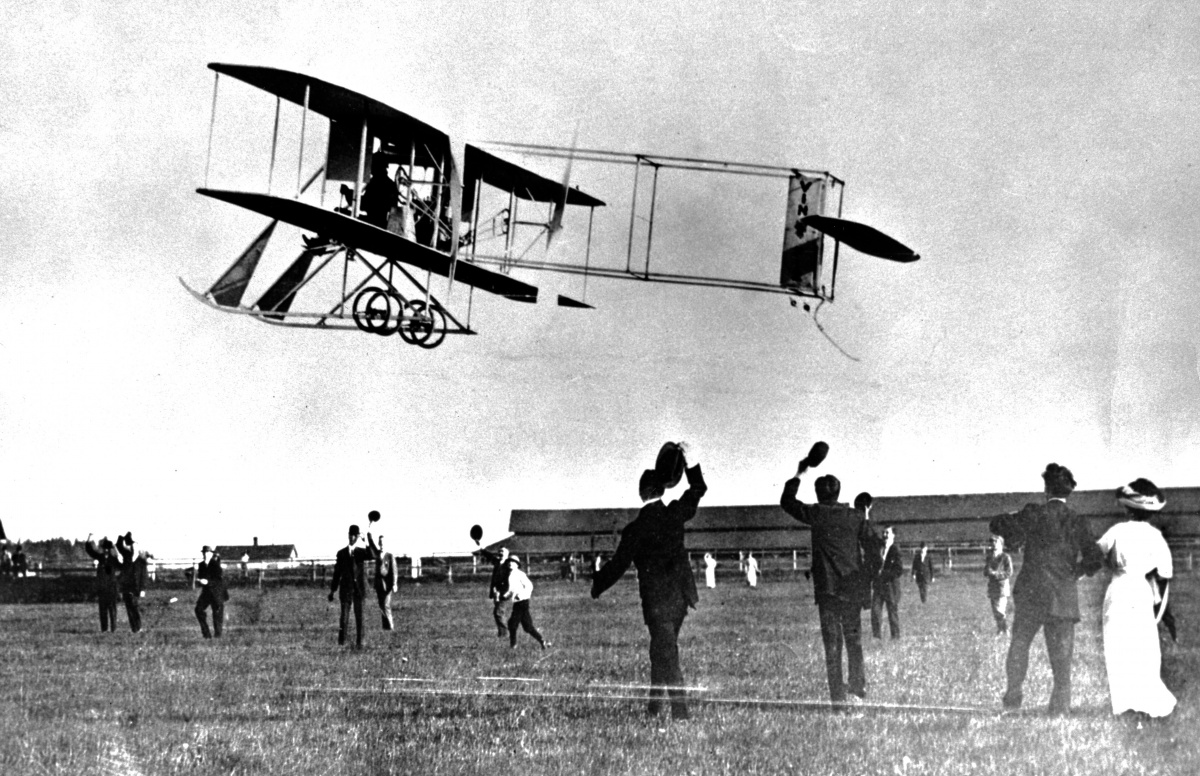
In 1911, Calbraith Perry (“Cal”) Rodgers took it one step further in his attempt to pilot the first transcontinental flight across the United States. He left Sheepshead Bay, near New York City in a Wright EX biplane for a landing destination in Pasadena, California.
Rodgers was shadowed on the ground by a support crew that repaired and rebuilt the plane after its rough landings and crashes. He landed about 70 times while mostly following the train tracks on his cross-country flight.
Fun fact: Rodgers carried the first transcontinental mail “air delivery” during the flight.

Forty-nine days later on November 5th he landed in Pasadena at Tournament Park (Caltech campus today).
Cal Rodgers’ national celebrity was short-lived. Only five months later he died in a plane crash caused by contact with a flock of birds.

First Commercial Flight (South Pasadena)
Roy Knabenshue began the first passenger air service in America by taking paying customers on a flight up 800 feet in the air over Pasadena, Arroyo Seco, and Los Angeles in his dirigible. His sizeable wooden hanger was located near The Raymond hotel.

Walter Raymond’s son Arthur credits Roy for his lifelong passion of flight which later led him to design such classic aircraft as the DC-3 and DC-8.
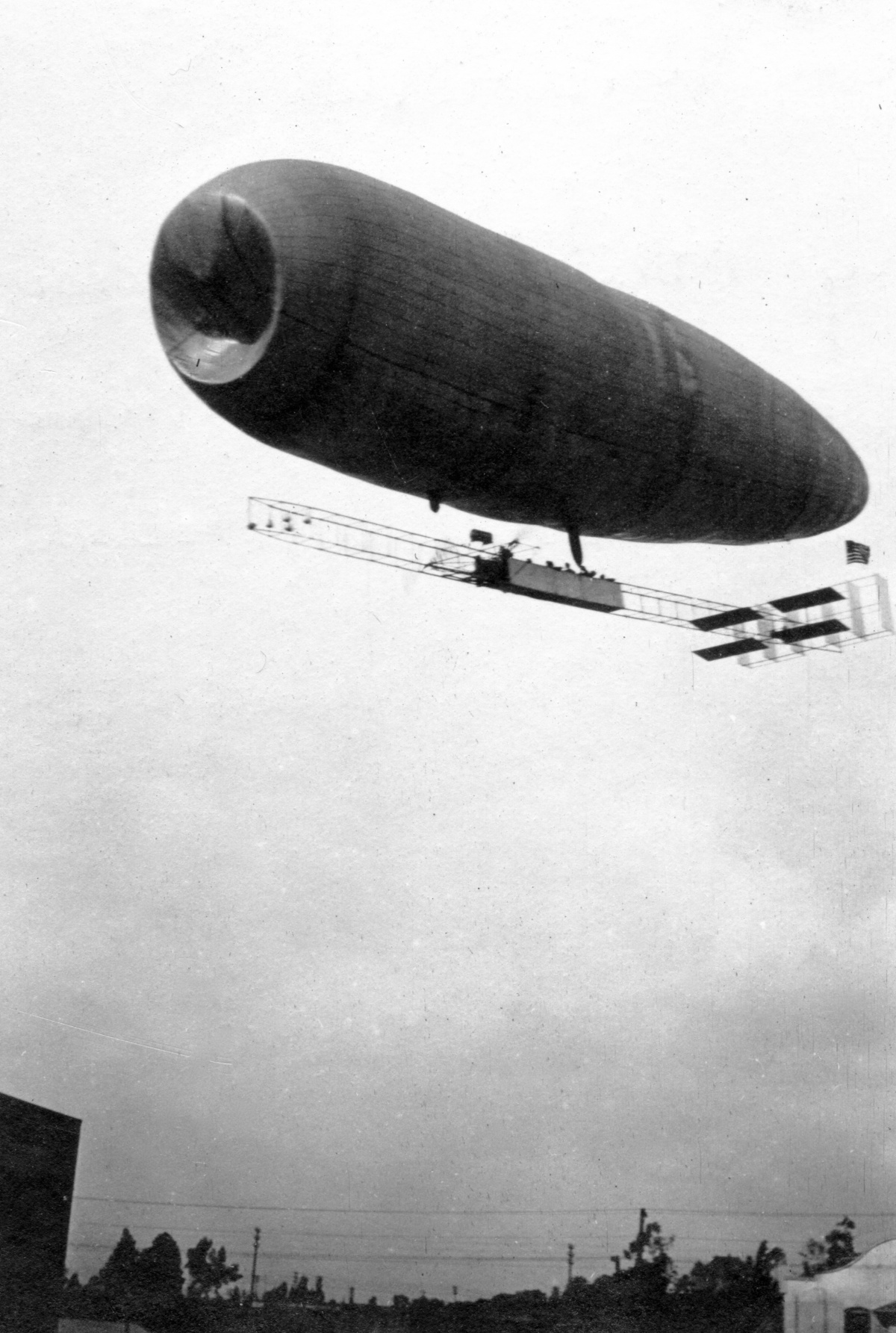
The Great Race (South Pasadena)
In 1905, Roy Knabenshue piloted a dirigible to race a Pope-Toledo automobile from Chutes Park’s baseball field in Los Angeles to The Raymond hotel in South Pasadena.
During the historic race of aircraft vs. automobile, the Pope-Toledo had engine trouble causing it to fall behind Knabenshue’s airship. Knabenshue held the lead as it passed over the Cawston Ostrich Farm in South Pasadena, but the Pope-Toledo was quickly closing the gap!
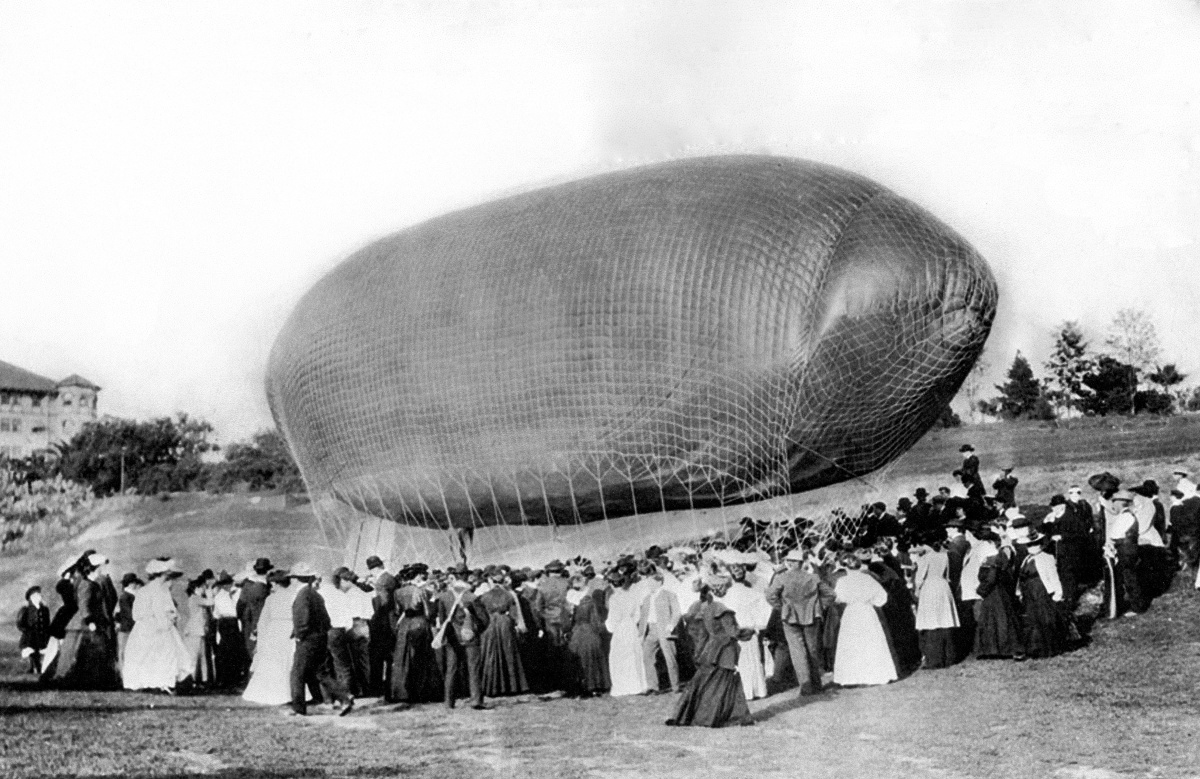
Knabenshue’s dirigible touched down on the golf course of The Raymond hotel beating the Pope-Toledo by a margin of two minutes.
Throwback Thursday is written and produced by Rick Thomas

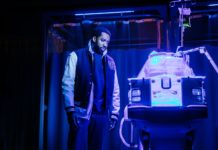
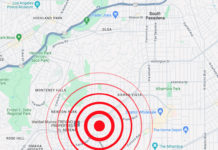
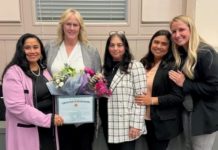
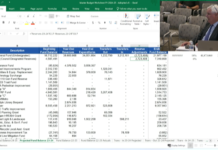
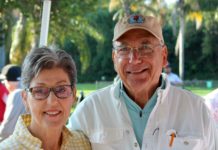
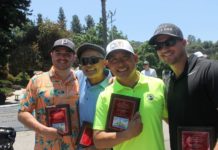

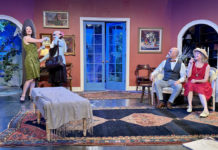

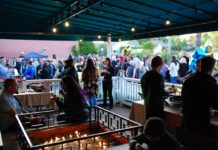
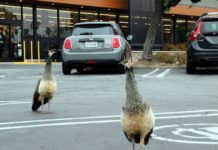





.png)




